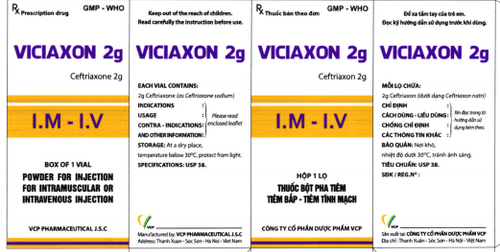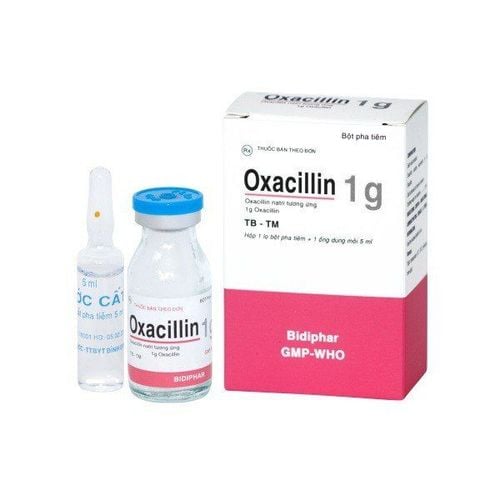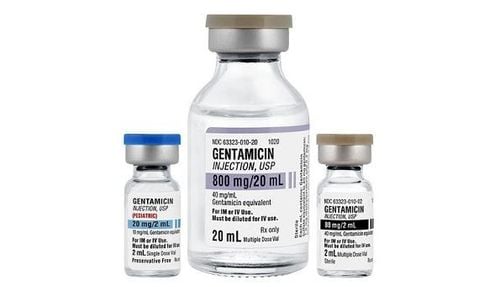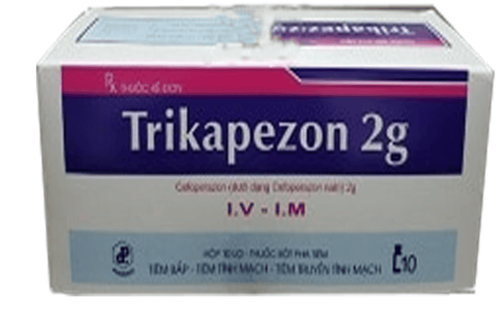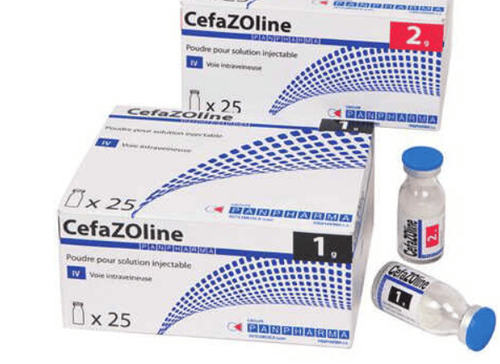This is an automatically translated article.
Blood cultures in positive sepsis are the gold standard for diagnosis. Blood culture tests also help identify bacteria, make antibiotic charts, increase the success rate of treatment and reduce the rate of antibiotic resistance.
1. What is sepsis?
Sepsis or sepsis is an infection that is most serious when the body reacts to the presence of pathogens in the blood.
Pathogens are bacteria that live permanently in the body, bacteria from abscesses or inflammation from organs are released into the blood intermittently or a group of bacteria that directly attack the blood system of body.
Some bacteria that often cause bacteremia are Enterobacteriaceae, Escherichia coli, Salmonella, Klebsiella, Pseudomonas aeruginosa, Streptococcus pneumoniae, Clostridium perfringens, ...
Sepsis causes many complications, the most serious is multiple failure organs and death. When bacteria enter the body, releasing toxins will stimulate the body to release cytokines, triggering a systemic inflammatory response.
People who are usually at high risk for sepsis are:
Older adults Infants and young children Long-term use of immunosuppressive drugs or cytotoxic drugs in cancer treatment People with chronic diseases such as: diabetes, cirrhosis, cardiovascular disease, chronic kidney failure, chronic obstructive pulmonary disease, kidney failure. People with malignancies, especially diseases related to the blood and lymphatic systems such as lymphoma, leukemia Patients who are using assistive devices or devices such as endotracheal intubation, nasogastric tube , catheter placed infusion line.

Nhiễm khuẩn huyết không được xử lý kịp thời có thể dẫn đến tử vong
2. Blood culture in sepsis
Blood culture in sepsis helps identify pathogenic microorganisms; Determining the cause of the disease and making an antibiotic map increases the effectiveness of treatment, reduces the mortality rate and reduces the rate of antibiotic resistance.
3. Blood culture procedure in sepsis
To ensure accuracy, blood culture tests should be performed sequentially according to the following procedure:
Take a blood test tube, fill in all information on the label, including the patient's full name, age, age, detailed time of blood collection including date and time, name of department ordering blood culture test, and sequence number of blood culture in patients tested multiple times. Venous blood collection: Perform the same as other blood draws, but always uphold the slogan of absolute sterility. The blood collection site needs to be disinfected with alcohol iodide twice, and with alcohol 70 degrees after that. Do not let the needle touch anything else. The volume of blood taken for blood culture in sepsis required in adults is about 20-30 ml on average and about 1-3 ml in children. Open and disinfect the protective cap with 70 degree alcohol. Wait for it to dry, then pump blood directly from the bottle. Shake gently to mix the blood. Transport specimens to the laboratory as soon as possible. Do not store in the refrigerator, in case it cannot be transported immediately, the blood tube can be placed in an environment with an average temperature of about 25 degrees Celsius. In the microbiological laboratory, the transferred blood will be tested. Check to remove blood samples with abnormal symptoms such as turbidity, sediment, etc. Then, blood will be taken out in a sterile environment for testing for pathogenic microorganisms.
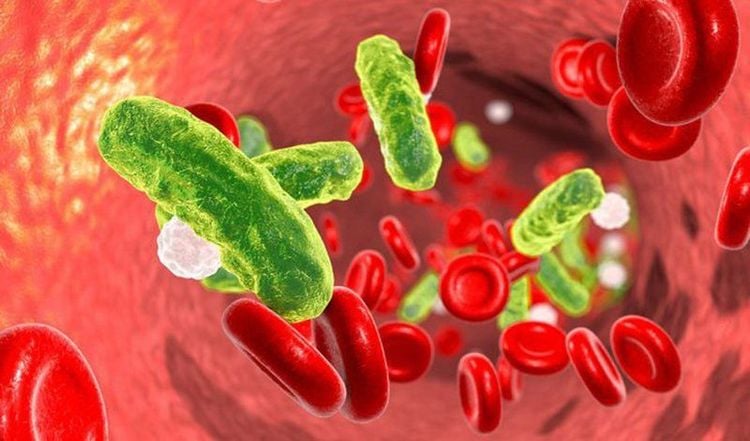
Máu được xét nghiệm để tìm ra vi sinh vật gây bệnh
4. Some notes when performing blood culture test
Blood culture tests need to be performed correctly according to the procedure to bring the most honest results, because blood cultures are the means used to confirm the diagnosis and guide the treatment of a blood infection. Some points to keep in mind when performing a blood culture test include:
4.1 Getting the right volume of blood A blood culture test requires a blood volume of approximately 20 to 30 ml. Take the correct volume of blood required to rule out false negatives because the number of pathogenic bacteria is not high enough. The amount of pathogenic bacteria increases in proportion to the amount of blood in a specimen. Do not collect more than 1% of total blood volume in pediatric patients.
4.2 Time of blood collection Patients should have their blood drawn within 1 hour of fever because this is the time when microorganisms grow rapidly and enter the patient's blood in high concentrations. Blood samples taken during this time period have a higher positive rate, increasing the likelihood of detecting sepsis. Blood collection should preferably be done before the patient is on antibiotics, however, this should not delay the appointment of antibiotics in severe cases. If antibiotics have been used in the past, they should be discontinued for at least 24 hours prior to blood collection.
4.3 Make sure the specimen is not contaminated During the blood collection process, if care is not taken in the practical steps, the blood sample can be contaminated with bacteria from the surrounding environment giving false positive results. Some ways to help limit the invasion of foreign bacteria include: blood cultures from two different blood tubes in the same patient, blood cultures combined with other cultures from the primary infection site.
4.4 Number of Blood Samples Never take only 1 blood sample from a patient. Usually in clinical practice, patients with suspected sepsis are usually ordered to take 2 or 3 samples for blood culture testing.
Vinmec International General Hospital is one of the hospitals that not only ensures professional quality with a team of leading medical doctors, modern equipment and technology, but also stands out for its examination and consultation services. comprehensive and professional medical consultation and treatment; civilized, polite, safe and sterile medical examination and treatment space. Customers when choosing to perform tests here can be completely assured of the accuracy of test results.
Any questions as well as customers wishing to receive treatment at Vinmec International General Hospital, customers can contact Vinmec Health System nationwide or register online HERE.





